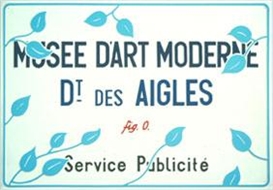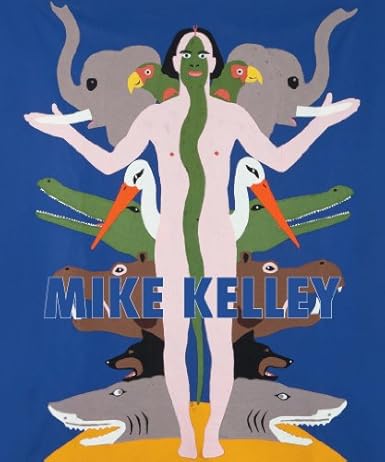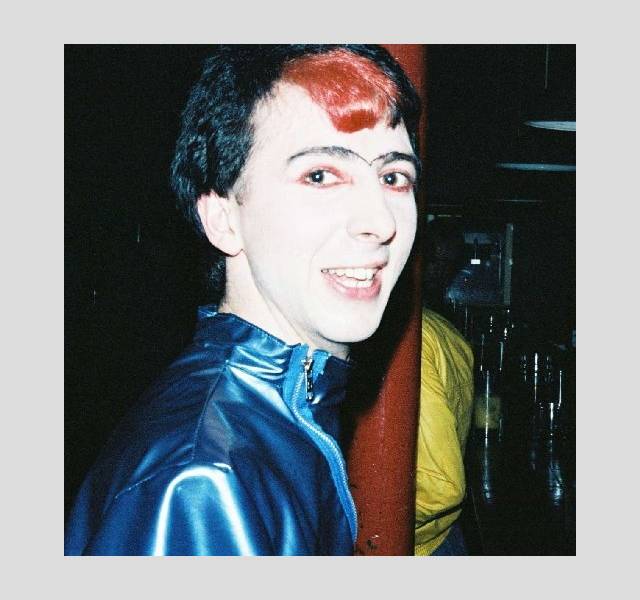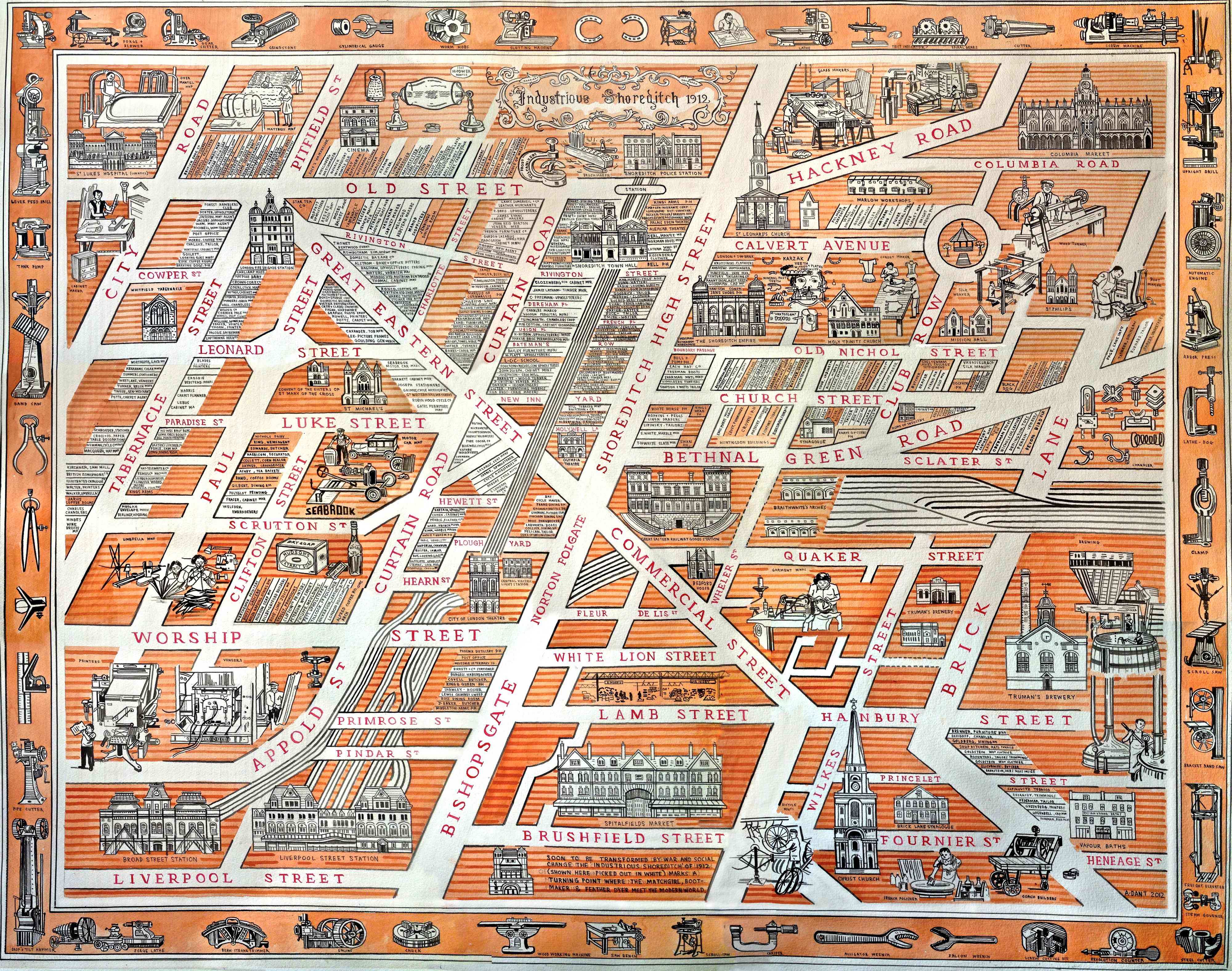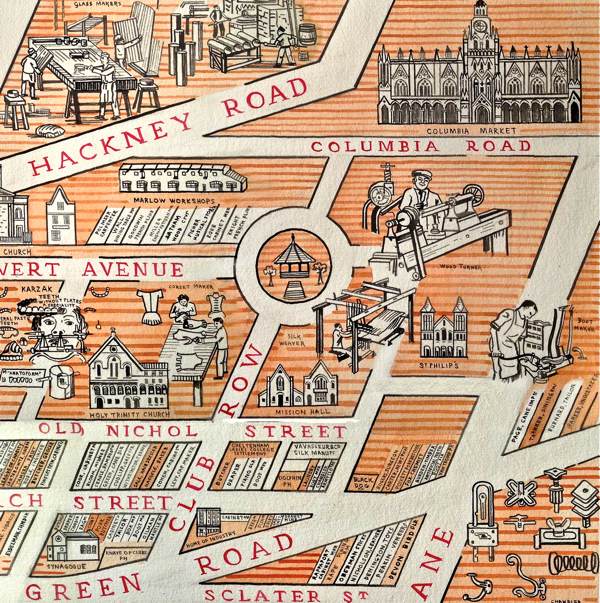Position Series #20, 2009
K8 Hardy (USA, b. 1977) is a New York based artist represented by Reena Spaulings Fine Art in New York, and Balice Hertling in Paris.
Hardy is a founding member of the queer feminist journal and artist collective LTTR, and has directed music videos for groups including Le Tigre, Lesbians on Ecstasy, and Men. Her work is included in the permanent collection of the Whitney Museum of American Art, and has been exhibited and performed internationally at venues including, MoMA PS1 (New York NY), Artists Space (New York, NY), The Tate Modern (London, UK) and Galerie Sonja Junkers (Munich, Germany) among many others.
Hardy works through performance art without allegiance to any particular medium. She mines pop culture for material and eschews craft based virtuosity in photography, sculpture, and video. Hardy believes in the power of flamboyant and bold gestures, and in conversations of play, which constitute her endeavors toward total expression.
Position Series is a group of photographs which employ the tropes of self-portraiture and abstract photography.
http://en.wikipedia.org/wiki/K8_Hardy
Position Series #30, 2009
At Galerie Sonja Junkers, K8 Hardy showed work from her ‘Position Series’ (2010), photographs resembling fashion snapshots in which the artist (or occasionally her sister) performs various social and cultural archetypes. We see her, for instance, holding a yoga pose; kneeling on a stool in garter belts, mimicking a cat; or swinging from a lamp post in bright red tights and a neon orange wig. From the stuff of other people’s closets, multiple personas are conjured, and all of them – or none of them – are K8 Hardy. Because the artist manipulates the images in the developing process, some photographs feature cuts or splits, and/or negative shadows of the artist’s body in different postures blocking the light during exposure. It appears as if the female form were haunting this masquerade of identities, reminding us that, while there is no innocent viewer, Hardy’s looks aren’t innocent either.
Manuela Ammer
http://www.frieze.com/issue/review/k8-hardy-ulrike-mueller/
Position Series #28, 2009
Ariana Reines This strange combination of intimacy and extroversion is your work’s power. In contrast with the Internet’s extreme openness, there’s a self-selecting privacy to making a zine on paper. I’m thinking of the limited circulation of your classic Fashionfashion zine from the ’90s, for example, or Frank Peter John Dick, your gorgeous new book of collages—if I had my way it’d be distributed to every teenager in existence as suicide prevention propaganda.
K8 Hardy Thank you. When I made my first zine, LTTR, there weren’t blogs everywhere, so it didn’t seem like its production was about privacy at all. I haven’t made a zine in years. I do currently feel inhibited on social media. I could tell you why I want to protect myself, but I don’t want it in print. That sounds a little bit paranoid, but—
AR I have a similar feeling. Wait, I just interrupted you. We’re both scorpios, which means we are both private to the point of paranoia and extremely extroverted. A huge part of your photographs’ power comes from the polarity between a performative intensity and something mysterious and secret that seems to be the origin of it all.
KH Yeah, maybe so. Part of the power of the photographs is about control, about deciding exactly when to reveal something. I have a tendency to open myself up and reveal myself in my work. You know, you’re a writer, so you’re sharing yourself with people in your writing. It’s a generous act and sometimes you have to protect yourself.
AR Technologically there are multiple ways to exteriorize what you’ve made. But then, according to Paul Virilio, the more devices we have, the more prostheses, the more our bodies become immobilized. I go through phases of feeling utterly paralyzed by all of the ways that I could turn whatever’s passing through me into a transmittable—if immaterial—thing.
KH Hmm, yes. Prostheses and defecation.
http://bombsite.com/issues/119/articles/6429 K8 Hardy, May 20th 2012 Whitney Biennial
With her earlier efforts, like the self-published ‘zine fashionfashion, or a Lady Gaga performance-parody as the character Lazy BlahBlah, K8 Hardy demonstrates how conspicuous consumption wears thin when compared against personal, inventive and individual refinement. Fashion can be bought, as they say, but style one must possess; toppling established cultural hierarchies, Hardy creates inclusive spaces for individual expression.
Position Series blends aspects of photography and performance in ways that loosen the constraints on both genres. Hardy’s project isn’t about perfect photographs; a camera flash reflects in a piece of Plexiglass one figure holds up, occasional images are grainy or blurry, and torn prints collaged together appear punky and experimental. Hardy’s action extends into the darkroom, where she made photograms by throwing a lace bra onto paper to be exposed. She’s also laid under the photographic enlarger while flipping the bird, burning an evocative silhouette on top of other printed imagery. Messing with the master narrative of photography as a skill-based practice, Hardy injects the field with performative energy. She provides evidence of how still images signal action, showing us what performance looks like when it’s taken to the street.
When Hardy toys with static notions of authenticity by single-handedly becoming a myriad of individuals, she shows us how accustomed we are to judging experiences based on common patterns; of dropping things into pigeonholes. With Position Series, the proliferation of characterizations that Hardy enacts—coupled with the fluid way these individuals butt up against and slide around one another—shows us just how much fun it can be to resist singular and static identities. The broader implications of this strategy offer a primer on resistance tactics, making either/or paradigms obsolete. Be any of them. Be all of them.
Dean Daderko
http://pastelegram.org/reviews/54
















































